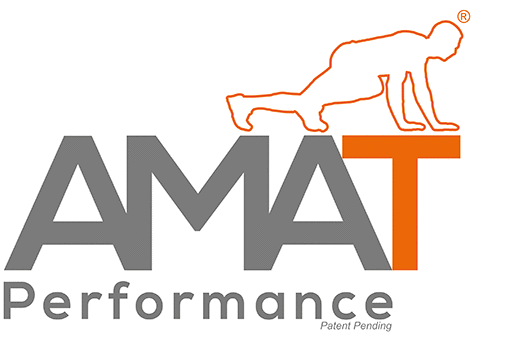Part 4 – How many athletes can you movement screen in one day in 2014
So now the KTP process was about to begin. I thought there was a hell of a lot of paperwork required regarding submitting the application. Unfortunately that was nothing in comparison to the amount of paperwork and form filling now we had received the grant.
The first thing that we had to do was recruit an associate that would be employed by Teesside University but would be based in our office and would be responsible for moving forward certain parts of the project. I really wanted to recruit a technology expert who could lead the technology innovation of the product. Unfortunately it became very apparent very quickly that these sort of people did not exist at an affordable rate in relation to the budget that we had available. We decided therefore that the best skill set we could recruit would be somebody with a good knowledge of movement development from a strength and conditioning perspective.
However, I knew what I wanted to create from an innovation perspective but that it was not going to be simple to achieve. The only way I felt we could was to use the knowledge of the project innovation lead, Professor Iain Spears, who we had managed to recruit as part of the Teesside team for this KTP.
Professor Iain Spears was the man but right from the outset after having first met him in his office (which was a shrine to motion tracking with 3D cameras hanging from every shelf and every corner) right at the outset of putting our KTP application together. He was highly sought after at the uni and although he was part of the KTP team he would only be able to provide a small amount of time to this project. Iain was a professor of biomechanics with a tremendous passion and enthusiasm for motion tracking development with a brain and knowledge to match. Right from our initial meeting I knew that he could bring my technological ideas to life but how on earth was I going to get the time from him to make this happen. We were both Yorkshire men and similar in many ways but every time I spent some time in his office discussing innovation he had repeated people knocking on his office door asking for his time. The more I met him the more I thought he had all the knowledge and skills required but the more I worried that I just would not be able to get enough time from him to make this project successful. The KTP was a 30 month project and we had so much to achieve during this time. My worry at this point was it might take 90 months to get where we needed to be.
